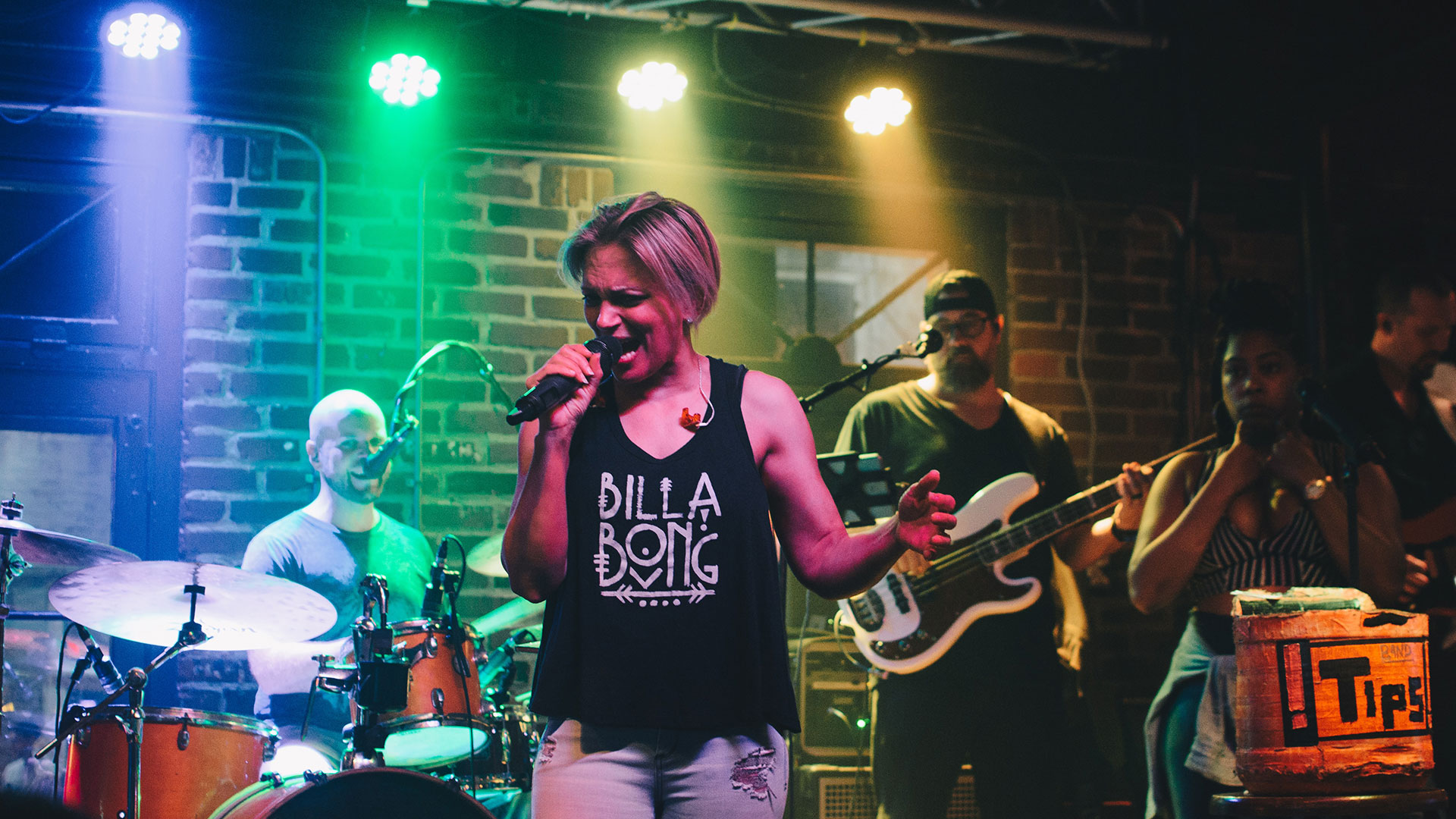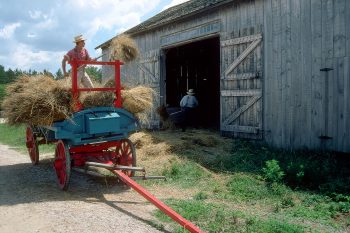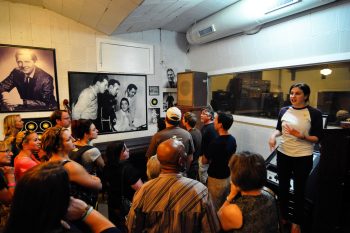New Orleans will always be associated with jazz, and rightly so, but the Crescent City also gave birth to another major American music form—without New Orleans, there wouldn’t be rock ‘n’ roll.
Rock ‘n’ roll can give much credit to Fats Domino. His first single, “The Fat Man” (1949), makes a strong case as first-ever rock-‘n’-roll record, with its prominent backbeat and triplet piano style. It was Domino who first crossed over to garner mainstream white audiences with massive hits like “Ain’t That a Shame,” “Blueberry Hill” and “I’m Walkin.’ ” While Little Richard was whooping and hollering and Chuck Berry was duck-walking across the stage, Domino stood in stark contrast with his laid-back demeanor and perpetual grin—the living embodiment of the Big Easy. If Elvis is the King, then Fats is the Father of Rock ‘n Roll.
Largely behind the scenes, but equally important, were the contributions made by Dave Bartholomew. As Domino’s frequent writing partner, producer and arranger, Bartholomew was the underground force behind the Fat Man’s meteoric rise to fame. But Fats wasn’t the only one. Bartholomew’s thumbprint and distinctive “Big Beat” sound can be heard in the sounds of other legendary New Orleans artists such as Smiley Lewis, Lloyd Price, Earl King and basically any other New Orleans R&B act in the 1950s and ‘60s. Bartholomew is the architect of the New Orleans sound, which later became what we know as rock ‘n’ roll.
A natural progression from the Big Beat sound developed by Bartholomew and Domino was the stripped-down funk of The Meters. Drawing on New Orleans R&B and second-line parade rhythms, the quartet (and later quintet) pioneered an entirely original brand of funk that captured the city’s loose, earthy spirit. The Meters’ style was spare and greasy, employing highly syncopated beats to rumble under chicken scratch guitar lines, punchy organ fills and snaky bass grooves. Keyboardist Art Neville, guitarist Leo Nocentelli, bassist George Porter Jr. and drummer Joseph “Zigaboo” Modeliste were local heroes, but The Meters never truly cracked into a wider mainstream audience. That being said, infectious cult classics like “Cissy Strut,” “Look-Ka Py Py,” “Hey Pocky A-Way,” and countless others made an indelible mark on modern American pop music, especially hip hop. To this day The Meters are among the most highly sampled artists of all time. Not everyone has heard of them, but everyone has definitely heard The Meters.
When The Meters broke up in 1977, the funk was not lost. Two of its members, Art Neville and his younger brother Cyril, joined up with their other musical siblings, Charles and Aaron, to form the world-famous Neville Brothers. The Nevilles combined four-part brotherly harmonies with R&B, rock and gospel to create a sound that perfectly encapsulates New Orleans’ rich musical legacy. The style of current popular New Orleans acts like Galactic, Jon Cleary & the Absolute Monster Gentlemen and Dumpstaphunk (led by Aaron’s son Ivan Neville) all pay homage to the musical foundation laid by The Meters and the Neville Brothers.




